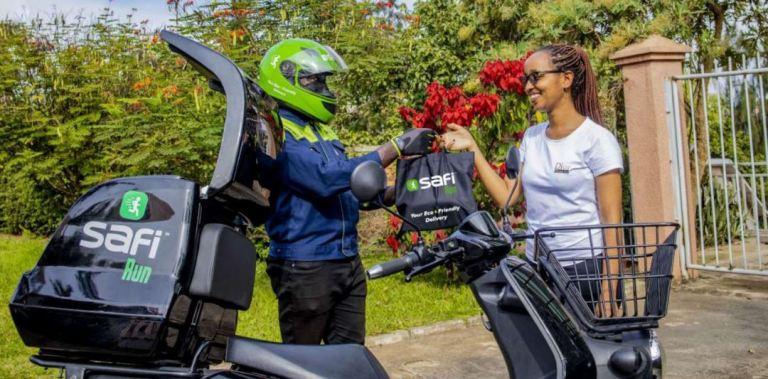It’s common for young people to have dreams of what they want to become or where they want to go in life, but taking the first step toward achieving that goal is the beginning of a journey to that desired destination.
When Thomas Edison had the idea of creating an electric light bulb like the ones we use at home today, but one that could be sold, he started by assembling simple materials in his home, and eventually, he succeeded.
Edison was not alone. The Wright brothers, Orville and Wilbur, made the first successful powered flight, but they did not start with advanced equipment. Four years later, they reaped the rewards of their efforts.
Here in Africa, a man named William Kamkwamba from Malawi built a windmill to generate electricity using scrap materials, bringing power to his home and village. His story became widely known across the world.
In Kirega Village, Kigese Cell, Rugarika Sector in Kamonyi District, there lives a family with five children, including 17-year-old David Hakizimana Tumusifu, the eldest of them all.
He is a student about to enter the third year of ordinary level at GS Masaka, a school located in Rugarika Sector. Despite his young age, Hakizimana has already accomplished remarkable feats in technology.
Given his determination, passion, and willingness to combine his limited resources with a strong work ethic, it’s clear that he has the potential to achieve great things, even though he started from humble beginnings.
His journey began between 2020 and 2021 when he started sketching various technological devices. Often, he would wake up in the middle of the night and immediately begin drawing whatever he had imagined.
Not only would he draw his ideas, but he would also look for ways to bring them to life. Many of the devices he creates are things he has never seen before.
He has made drones, robots that lift and carry objects, microscopes, airplanes, and many other devices.
Despite his limited resources, he creates these devices to demonstrate that they are indeed possible.
In 2021, at the age of 14, Hakizimana made his first technological device—a drone. This was when he realized his love for technology.
The idea for the drone came after he saw one on television. He then drew it and began searching for materials to build it, eventually resulting in a functioning drone.
He says, “During COVID-19, we were watching television and saw a drone in action, capturing footage. I was fascinated by it and decided to create one myself.”
The second device he made was a microscope, a tool used mainly in medical settings to view things that are invisible to the human eye.
The idea for the microscope came from a lesson they were being taught at school. The teacher brought in a microscope as a teaching aid, and after seeing it, Hakizimana wanted to make one too.
He says, “I didn’t learn any of these things formally. When I look at something and see how it’s put together, I start thinking about how it works and what materials might be needed, and then I create it based on my thoughts.”
“There are things I’ve only seen in pictures, never in real life, but I can imagine how they work and then create them.”
Hakizimana’s journey to achieve all this has not been easy, as it requires him to stretch his limited resources.
He says, “There are some things I can afford to buy, but for others, sometimes my parents have to set aside a little extra money to help me purchase the materials I need.”
Hakizimana’s father, Anicet Habakurama, told Kura that one of the challenges Hakizimana faces is the lack of access to information about the things he sketches or builds.
“In most of what he has created, he has never seen the real devices. If he could access where these devices are, it would add to his knowledge. Also, if he could find a school that teaches about these things, it would greatly help him,” he remarks.
Hakizimana dreams of establishing a factory that manufactures technological devices, so that “ordinary devices currently imported from abroad can be made locally,” and of having a school and laboratory where “research and development of new devices will be conducted.”













































